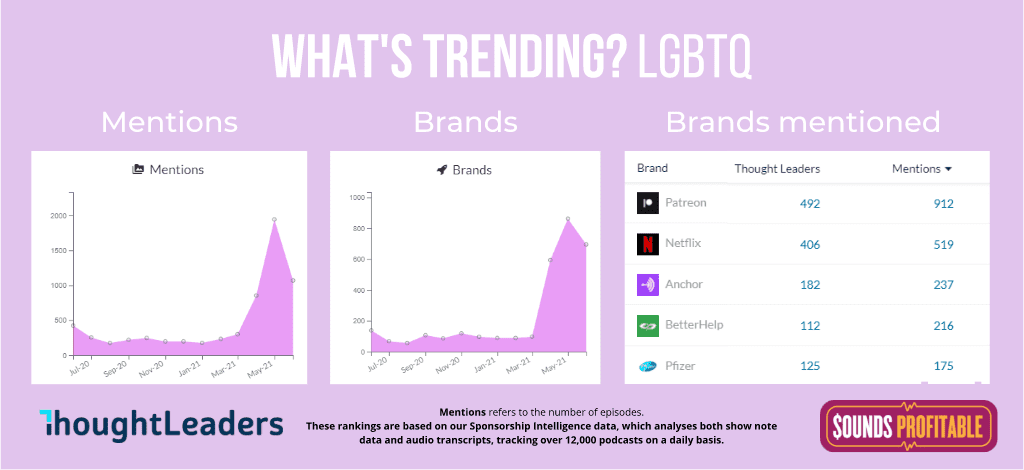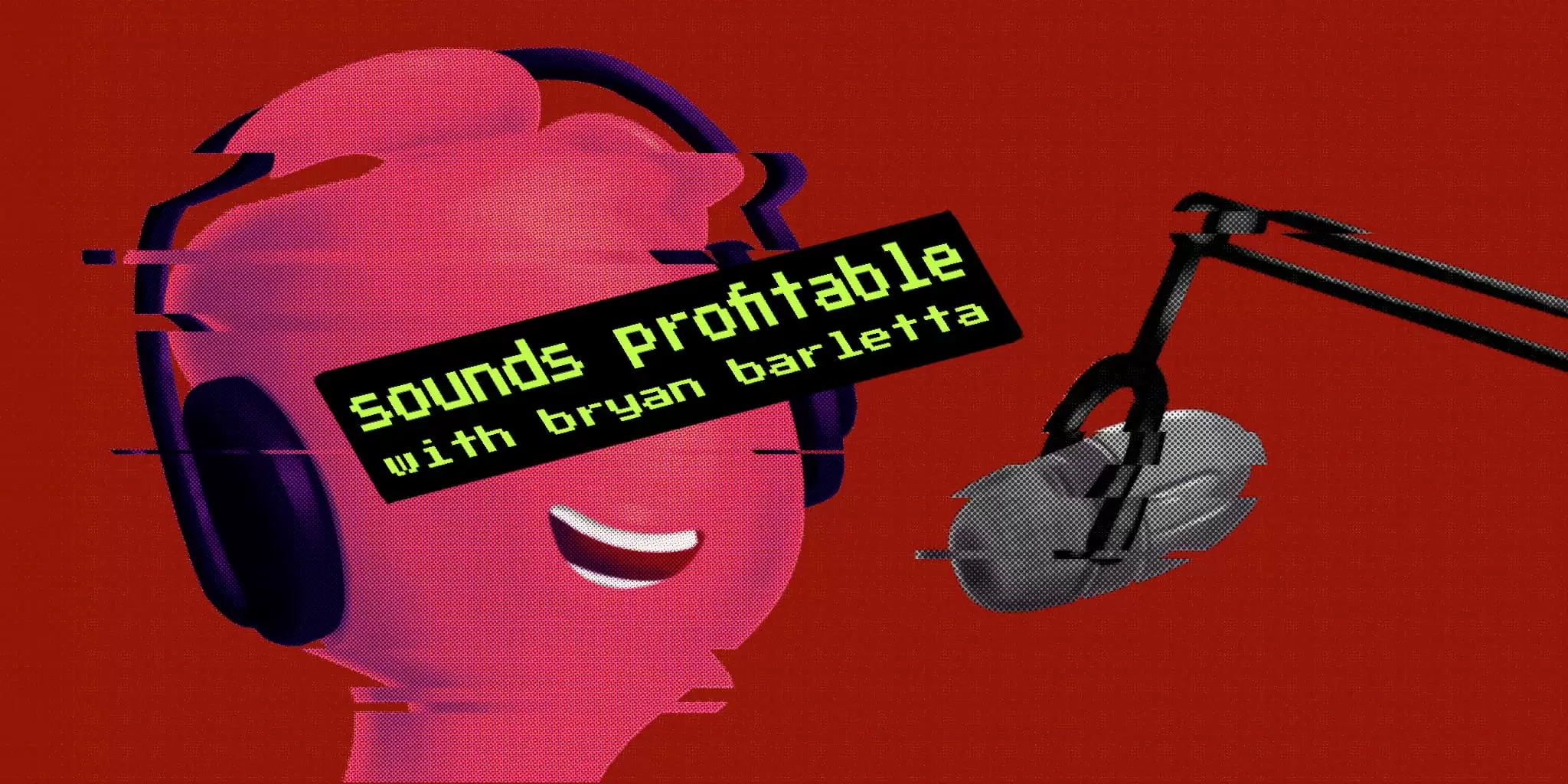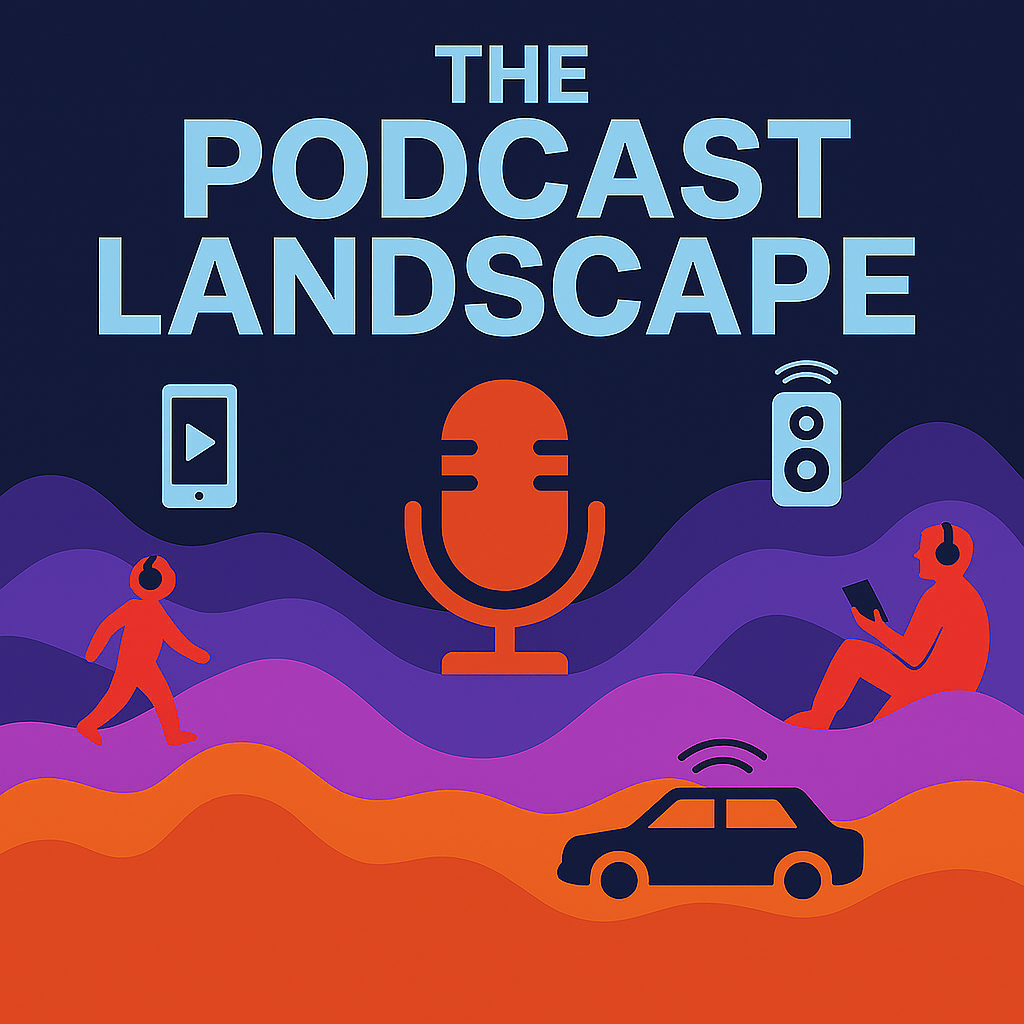Right now is the golden moment for anyone who wants to break into podcast advertising. But it won’t always be that way. That’s the message I took to Podcast Day 24, and it’s worth sharing with you as well.
Introduction
Last week I was invited to speak at Podcast Day 24, and thanks to the amazing patience of the production team, I was able to change my presentation last minute, to reflect a thought eating at the back of my mind.
While I could have shared with that audience the same type of content I share with you each week, I wanted to put out something specific for that event that would better serve as an onramp to the podcast adtech world. For attendees who want more deep podcast adtech insight, of course, I hope they find their way over here. But for those attendees who hadn’t yet caught the bug that is the super exciting world of podcast adtech, I wanted to challenge them to go seek it out themselves.
It’s important to me that any content I create be publicly available for free, so whenever I present at any conference going forward, not only will I encourage the organizers to share my content freely, but I’ll share It with you as well. I absolutely support the role of paid conventions and events and will be attending as many as I can next year. But I also know that’s coming from a place of privilege, and a large swath of the people I want my content to resonate with will never have their company pay for their ticket to a physical event, let alone a digital one.
So with that, I hope you enjoy this cleaned-up, passionate plea for every single person in the podcasting space to dive headfirst into podcast adtech and become an expert. And, as you should know by now, if I can help you or anyone you know in your journey, don’t hesitate to reach out.
Passionate About AdTech
I’m Bryan Barletta of Sounds Profitable, a newsletter and podcast focused on making podcast advertising and the technology that powers it accessible to everyone.
And I really do mean everyone.
The IAB just recently announced that the US podcast advertising industry will reach $2 billion dollars in size by 2023. Compared to the revenue of other advertising industries, that still isn’t a lot of money. But try thinking about it from the lens of doubling our entire industry in just two short years.
From that angle, it’s pretty wild.
This industry has always been amazing to me. So few people involved in it today came from another advertising channel or even had a media background. For many, this is a completely new endeavor. For even more, this is their first career. While podcasting has been around for around twenty years, some of the most foundational aspects of it’s advertising technology have been around just barely five years now.
It’s hard to believe that both dynamic ad insertion, the ability to serve unique ads on each episode download request, and the Interactive Advertising Bureau’s first pass at a certification process are only five years old. In those five years, more people have joined the podcasting industry than were in it for the 15 years before it.
In every other advertising industry I’ve been a part of, the role of adtech has been to break down what was unique about that channel and force it to conform to the pathways built for display advertising. The state of those industries today focuses on enabling large advertising agencies and brands the ability to apply massive datasets while detaching completely from interacting with publishers. While much of that adtech started out unique, as those industries grew, they all started to look alike when you’re not paying attention to the actual creative itself.
Today, podcast adtech is thriving. So much of it was built in silo, taking minimal influence from other advertising channels, driven by a handful of very motivated people, many of whom had no prior advertising experience, let alone adtech experience. And they truly made something like the advertising industry hasn’t seen before! What other industry continues to grow like we do, while getting bashed for not conforming to the technology decided on decades ago that will never fully apply to our download focus world? It’s one of our shining achievements and it’s also the first thing we’re told when advertisers make the poor mistake of passing on buying into podcast adtech.
But podcast advertising needs more advocates. It needs more people who understand how all of this works so when a potential client repeats some garbage line pushing back against podcasting, there’s someone in the room capable of teaching them how it actually works.
So I’m here today to let you know that the only skill required to become that podcast adtech expert is time.
And I say this to you, at the start of summer, in hopes that you close your email and block off some development time that companies love to offer us but we never take, so that you can drive this industry forward.
Make A Podcast
If you’re reading this, you should have a podcast.
It doesn’t have to be anything impressive, you don’t have to submit it to the directories for it to be found by others. The focus here is on understanding the podcast hosting platform from the ground up, which starts with uploading an episode and all the appropriate metadata with it.
Pick a podcast hosting platform with dynamic ad insertion, a feature that more and more hosting platforms are offering every day. Find a platform that fits your budget, or email them letting them know why you need an account and see if they can give you a free trial for a month or so. It never hurts to ask.
Sign up for every third-party analytics tool out there. Chartable, Podsights, Podtrac, because these are just as important as your hosting platform. Attach all of the prefix URL’s and see how many your hosting platform can take, because some limit the total number. Comb through the reporting they share and then compare each of the third-parties reporting to each other. Compare it to your hosting platform too. Are they all counting the same number of downloads or showing similar stats? No two partners will match 100% of the time, and that’s not a bad thing. It doesn’t mean there’s anything wrong. And now you know.
Try to figure out the value you get using a third-party analytics partner just for your one show, then imagine the value if you’re running a network of multiple podcasts on different hosting platforms. The oversight it would give the network owner to monitor everything from one location, and the freedom it would give each podcaster to choose any hosting platform that resonates with them is incredibly powerful. Podcasters rightfully have strong allegiances to their hosting platforms and as this space grows through acquisition, providing that level of autonomy keeps everyone happy and feeling like their choices matter.
With an episode live and third-party analytics in place, you’ll want to add in dynamic ad insertion points. These are markers where you tell your hosting platform “hey, check if there’s an ad available”. And you guessed it, the next steps is to make ads.
Go wild with the targeting offered in your hosting provider’s ad server. For example, build an ad that only serves to listeners in Texas who download your episode on Tuesday night at 8-9pm. Then try to figure out if that’s 8pm based on your account settings, the hosting platform’s clock, or the timezone of the listener downloading the episode. As you walk through every single field that the dynamic ad insertion tool allows you to configure, if anything doesn’t make sense to you, search the feature name in the hosting platforms knowledgebase and read up all about it. Every hosting platform has a robust knowledge base that will be indispensable to you, if you know what to look for.
When setting up the ad, you’ll see how to add third-party ad delivery tracking, similar to the prefix analytics. While you definitely can ask for a test pixel from Artsai, Chartable, Claritas, LeadsRx, Loop.me, or Podsights and compare their dashboard for advertising to what they offer for prefix analytics and what your host offers, you probably aren’t going to generate enough data to make that step necessary. But just knowing exactly where you put that pixel is important.
Dig through every bit of reporting that comes out of every service you used above. Read up on anything that doesn’t make sense to you. Get creative in how you put things together and constantly think about using these tools outside of the box, because there aren’t that many tools available, but there are a lot of combinations that we’ve yet to explore.
What we just walked through is exactly what publishers handle for podcast advertising today. It can be super straightforward: one campaign, targeted to one ad slot for 100% delivery. It can be very complex: one unique creative per state, each targeting specific demographic information about the listener or keywords about the podcast. Regardless, the very same adtech used by the biggest publishers and buyers in podcast advertising is 100% accessible to you.
And when I say anyone can do this, I really mean everyone should do this.
From the entry-level account manager all the way to the CEO. Podcast adtech won’t always be so accessible. As we add more bells and whistles to what we can do, it’s already getting more complicated. But today, there are very very few barriers to entry that would prevent anyone from learning how all of this works in a hands-on fashion.
So, take this to heart. Dedicate some time to it before you cut your week short to head to the beach. Master something that’s clearly growing and will continue to be important as this space doubles in size. Use this new skill to justify a raise, to look for a new job in the space, or to apply to a company that’s just about to dip their toes into podcast advertising so you can be what pushes them in completely.
If you ever have any questions, or want to learn more about podcast adtech and advertising, check out SoundsProfitable.com and definitely shoot me an email, I’d love to help elevate more amazing people in this space.
Homework – with Yappa
I truly mean it when I say I want to interact with each and every one of you more. I’m really enjoying the idea of Yappa overall and I think it’s a great tool to have back and forth conversations with all of you, exploring audio (and video if you like as well). I hope you’ll click on the image below and leave a question. And, with your permission, we’ll start adding these questions to the podcast.
Market Insights – with ThoughtLeaders

It’s Pride Month! A time for cis white men like me to be amazing and supportive allies and make space for all those who identify with and celebrate pride. Charts like this excite me at the prospect of comparing year over year to see the growth in a topic and how early people start planning for it. I think timing this year has lead to a lot of excitement around Pride, and that makes me very happy to see. I’d love to hear what cool trends you’ve dug into with ThoughtLeaders free tool!
Things to Think About
I kick off every single day reading Podnews, so I thought I’d share some of the highlights from the past week that you should definitely be aware of:
- Apple Relay, a combination DNS server and VPN, was announced for Safari for iOS 15. But it’s part of iCloud+, so it’s foolish to assume it won’t expand to the rest of the device. I’ve emailed the IAB to ask their thoughts on how their certification would adapt.
- Passport, by Ben Thompson is a very cool take on premium podcast feeds and a lot of other customization options. I think this level of control, and being fully open-sourced, is very attractive, but I do wonder which larger companies will explore it.
- James Cridland of Podnews wrote a great piece: Mythbusting: is Anchor full of dead shows, and does it matter?


















































































































































































































